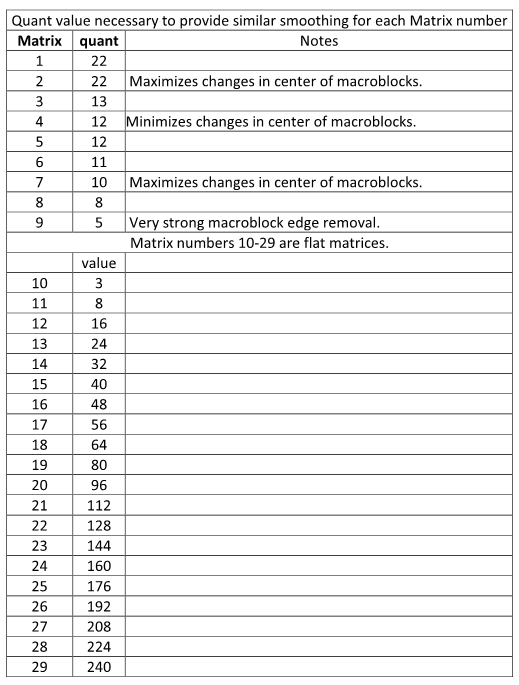
If you want something different just change line 4 of the video.avs file. The default resolution is 448 x 336 pixels. You can now upload it directly to youTube, vimeo, veoh, whatever. You can then find your encoded file, containing H.264 encoded video and AAC encoded audio, in c:\videoenc. Eventually, the display stops changing and the bottom line reads “Press any key to continue …” When you do that the DOS box disappears. Meantime a DOS box will open and display lots of stuff. The whole encoding process will now run from beginning to end under control of the commands in that file.

It has to be called video.avi so save it under that name or rename it as applicable.ĭouble click the video.bat file in the same folder. Just save your raw or edited DV file to the c:\videoenc folder. If your source video is in NTSC format you need to modify lines 2 and 3 to refer to a frame rate of 30 fps. NOTE: The commands in video.bat as shown above assume a PAL DV source hence a frame rate of 25 fps. Mplayer -vc null -vo null -ao pcm:fast video.aviĬlose it, saving the changes. MP4Box -flat -add video.264:fps=25 -v -new video.mp4 X264.exe –fps 25 –qp 26 –progress –output video.264 video.avs Open it and copy the following text into OFF Next create another file called video.txt. SmoothDeinterlace(tff=false, doublerate=false)Ĭlose it, saving the changes. Open it and copy the following text into it:ĭirectShowSource(“c:\videoenc\video.avi”) Within the c:\videoenc folder create a text file called video.txt. Place the faac.exe file in c:\videoenc.Ĭreating the text files that automate the process The utility that compresses your extracted audio in AAC format. You need MPlayer to extract the uncompressed audio from the DV video file, so it can then be compressed as AAC audio.
#Avisynth deblock download
Download “MPlayer 1.0rc1 Windows” ( not the GUI version) from any of the mirror site links. Again, you just need MP4Box.exe to be in the folder c:\videoenc. I downloaded version 0.4.4 compiled 3 June 2007.
#Avisynth deblock mp4
MP4Box takes the raw compressed video file and places it in an mp4 container file. The file just needs to be in that folder. mirror 01, next to x264.exe in the table of encoder download options. This is the H.264 encoder program itself. Be sure to select the version designed to work with AviSynth 2.5x not the older version for AviSynth 2.0x. Get it from here and save the file smoothdeinterlacer.dll to c:\videoenc. Download the file Avisynth_257.exe from here.


For the purposes of the post I will assume this is c:\videoencĪviSynth 2.5 is a frameserver which we use here to perform the preliminary processing such as cropping and deinterlacing.
#Avisynth deblock Pc
It makes sense to create a folder on your PC where you will keep the relevant programs and working files. These can be overridden by changing the relevant lines in the video.avs and video.bat files (see below). The output file is suitable for uploading to on-line video hosting services such as youTube or vimeo.ĭefaults: The default settings are video resolution of 448 x 336 and H.264 encoding quality of 26. Output: The encoding process results in an mp4 file containing H.264 encoded video and AAC audio. Audio content is assumed to be in PCM (uncompressed) format, typically with a 48,000 Hz sampling rate. The video may have been edited, so long as the edited footage has then been saved in DV format in an avi file.
#Avisynth deblock movie
Input: The video to be encoded is an avi file in DV format, such as you might capture from a camcorder using Windows Movie Maker or other video editing application. (Note that since I first published this post I have found an alternative, direct way to embed video into blogs where the video quality is as high as I wish. Here is the promised magic recipe, the complete solution, for automated H.264 encoding on Vista (or XP for that matter).


 0 kommentar(er)
0 kommentar(er)
